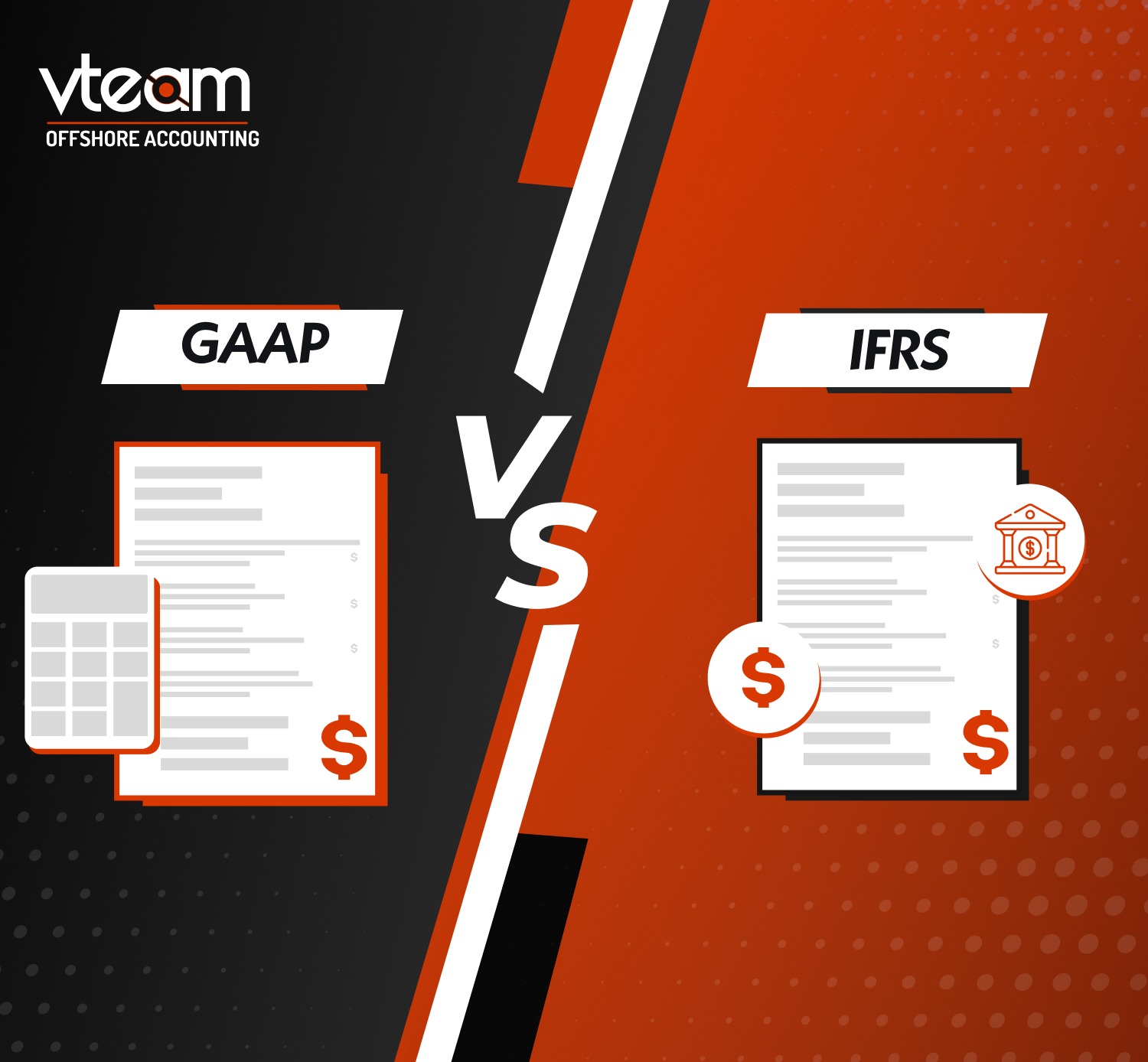In the fast-paced world of finance, having a well-thought-out annual financial plan is essential for securing your financial future and achieving your goals. As we approach the year 2024, it’s the perfect time to evaluate your current financial standing and chart a course for success. This blog will guide you through eight key tips to create an effective annual financial plan, ensuring you’re well-prepared for the challenges and opportunities.
Assessing the Current Financial Situation
An accurate assessment of your current financial situation is the bedrock for making informed decisions and creating a roadmap for the future. This initial step involves a comprehensive review of various aspects of your finances.
A. Reviewing Income Sources
Start by taking stock of all your income sources, including your primary salary, secondary sources such as rental income or dividends, and other avenues contributing to your overall cash flow. Documenting and categorizing these sources provides clarity on your financial inflows.
Consider the stability and reliability of each income stream. Are there any potential changes, such as job changes, promotions, or bonuses? Understanding the dynamics of your income sources allows you to make realistic projections for the upcoming year.
B. Analyzing Expenses and Budgeting
The next crucial step is to delve into your expenses. Categorize them into fixed and variable expenses to understand your spending patterns. Fixed expenses, such as mortgage or rent, utility bills, and insurance premiums, remain relatively constant. Variable expenses, such as dining out, entertainment, and discretionary spending, can fluctuate.
Create a detailed budget that reflects your financial priorities. Allocate funds to essential needs while also earmarking a portion for savings and investments. The budget serves as a financial compass, guiding you towards responsible spending and ensuring that your income is allocated optimally.
C. Evaluating Existing Debts and Liabilities
Debt can be a significant factor affecting your financial health. List all existing debts, including credit card balances, loans, and other outstanding obligations. Take note of each debt’s interest rates, payment terms, and outstanding balances.
Evaluate the impact of your debts on your overall financial picture. Are there opportunities to consolidate high-interest debts or refinance loans for better terms? A proactive approach to managing debt can lead to substantial savings in the long run and contribute to a healthier financial outlook.
Furthermore, consider your credit score and credit history. A good credit standing is invaluable for future financial endeavors, such as obtaining a mortgage or securing favorable interest rates. If needed, address any issues that may affect your creditworthiness.
Setting Financial Goals for 2024
As you craft your annual financial plan, the second step involves setting clear and meaningful financial goals for the upcoming year. Setting objectives provides purpose to your financial plan and serves as a roadmap for your financial journey.
A. Short-term and Long-term Objectives
Begin by distinguishing between short-term and long-term financial goals. Short-term goals typically span one year, including building an emergency fund, paying off high-interest debt, or saving for a specific purchase. Long-term goals, on the other hand, extend beyond a year and encompass major life events like buying a home, funding education or securing a comfortable retirement.
Long-term goals, on the other hand, extend beyond a year and encompass major life events like buying a home, funding education or securing a comfortable retirement. Integrating accounting outsourcing strategies and leveraging the expertise of an accounting consultant can be instrumental in achieving these substantial long-term objectives.
By delineating between short-term and long-term goals, you can allocate your resources effectively and prioritize actions that align with your timeline and aspirations.
B. Prioritizing Goals Based on Importance and Feasibility
Not all financial goals are created equal, and it’s essential to prioritize them based on their significance and feasibility. Identify goals critical to your financial well-being and those that align with your values and long-term vision.
Consider the feasibility of each goal in the context of your current financial situation. While ambitious goals are admirable, they should be realistic and attainable within the constraints of your income, expenses, and existing financial commitments.
C. Aligning Goals with Personal and Financial Aspirations
Your financial goals should seamlessly align with your aspirations and broader financial objectives. Take the time to reflect on what matters most to you—whether it’s achieving financial independence, supporting your family, or funding a passion project.
Aligning your goals with your values ensures that your financial journey is not only about numbers but also about achieving a sense of fulfillment and satisfaction. This alignment will serve as a motivating force throughout the year, encouraging disciplined financial habits.
D. Setting SMART Goals
Adopting the SMART criteria—Specific, Measurable, Achievable, Relevant, and Time-bound—provides a structured framework for setting goals. For instance, instead of a vague goal like “save money,” make it specific and measurable, such as “save $5,000 for an emergency fund by the end of 2024.”
Setting SMART goals enhances clarity and accountability, making tracking your progress and celebrating achievements along the way easier.
E. Monitoring and Adjusting Goals
Financial goals are not set in stone. As circumstances change, it’s crucial to monitor your progress and be open to adjusting your goals accordingly. Life events, economic shifts, or personal developments may necessitate modifying your original plan.
Regularly review your goals and assess whether they remain relevant. Celebrate the milestones you achieve and be willing to adapt your plan as needed to stay on course for a successful financial year.
Also Read : Small Business Accounting: How To Close Your Books At The End Of The Year?
Creating a Realistic Budget and Financial Plan
Developing a realistic budget is crucial for effective financial planning. Identify and categorize your expenses, allocate funds for essential needs, and incorporate savings and investments into your budget. This disciplined approach ensures that your financial resources are optimally utilized throughout the year.
Emergency Fund Planning
An emergency fund is a financial safety net, providing stability during unexpected expenses or income disruptions. Determine the appropriate size for your emergency fund and strategize ways to build and maintain it. This precautionary measure safeguards your financial well-being in the face of unforeseen circumstances.
Investment Strategy
Review your current investments and consider diversifying your portfolio to manage risk effectively. Take into account your risk tolerance and time horizon when making investment decisions. A well-thought-out investment strategy aligns with your financial goals and contributes to the growth of your wealth over time.
Retirement Planning
Assess your current retirement savings and set realistic goals and milestones for your retirement plan. Adjust your contributions based on your retirement objectives, and keep an eye on changes in retirement plans or policies that may impact your long-term financial security.
Tax Planning
Stay informed about changes in tax laws for 2024 and maximize tax-saving opportunities. Consider seeking the expertise of an accounting consultant to navigate complex tax situations. Outsource tax preparation and utilizing taxation outsourcing services can streamline the process and ensure compliance with the latest regulations.
Regularly Monitoring and Adjusting the Financial Plan
A financial plan is not a one-time task; it requires regular monitoring and adjustments. Periodically review your plan, make adjustments based on life changes or shifts in the financial landscape, and remain flexible in adapting to unforeseen circumstances. This proactive approach ensures your financial plan remains relevant and effective throughout the year.
Also Read : Utilizing Tax Filing Deadlines Strategically: Maximizing Tax Benefits
Conclusion
Crafting an effective annual financial plan is a proactive step toward securing your financial future. By following these eight key tips, you can confidently navigate the complexities of financial planning. Remember, outsource tax preparation, utilizing taxation outsourcing services, and seeking the expertise of an accounting consultant can add valuable insights to your financial strategy. As you embark on this journey, stay committed to your financial goals and embrace the potential for growth and success in 2024.
Discover financial success with our expert accounting and tax services. Optimize your 2024 plan – trust us for excellence!




